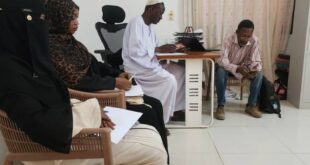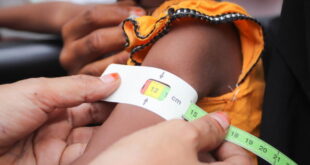Since the outbreak of the war in Sudan in April 2023, the country has been plunged into chaos and destruction, affecting all states with varying degrees of severity. The ongoing conflict between the Sudanese army and the Rapid Support Forces (RSF) has significantly worsened both the security and humanitarian situation, impacting millions of people across the country.
1. Khartoum (Capital):
The capital, Khartoum, has been the epicenter of the fighting, with intense clashes between the army and the RSF. This has led to massive displacement within the city and severe damage to infrastructure, including hospitals and educational institutions. Access to food, medical care, and basic services has become increasingly difficult, leaving many residents in dire conditions
2. Darfur:
Darfur has faced some of the most severe consequences of the conflict. Violent attacks on civilians have been widespread, and the number of internally displaced persons (IDPs) has soared. The humanitarian situation in camps like Zamzam in North Darfur has worsened, with some areas reporting famine conditions. Additionally, diseases like cholera have spread in the overcrowded camps
3. South Kordofan and Blue Nile:
In South Kordofan and Blue Nile states, continued clashes between the warring factions have made life extremely difficult for local populations. The conflict has also exacerbated tensions in areas already prone to ethnic and tribal disputes. The humanitarian needs in these regions are urgent, with a shortage of food and clean water
4. Eastern Sudan (Kassala and Gedaref):
Eastern states like Kassala and Gedaref have been heavily impacted by the conflict, with large numbers of people fleeing to other regions for safety. The spread of diseases such as kala-azar, compounded by flooding and harsh weather conditions, has made these areas even more vulnerable. Agriculture has been severely disrupted, further increasing food insecurity
5. White Nile and North Kordofan:
The White Nile and North Kordofan states have seen increased conflict over natural resources. In these regions, the ongoing clashes have left many communities without access to adequate shelter or humanitarian aid. The situation remains tense, with significant challenges in providing for the basic needs of the population
6. Southern Sudan Border Areas:
The conflict has led to a significant increase in the number of Sudanese refugees fleeing to neighboring countries like South Sudan. This exodus has put additional strain on South Sudan’s already limited resources, as the country struggles to accommodate the growing influx of refugees
Humanitarian Situation and Urgent Needs
The humanitarian situation in Sudan is dire, with over 10 million people displaced and millions more in need of food, water, and medical aid. The UN reports widespread flooding and destruction due to heavy rains, which has further damaged homes and infrastructure. Despite ongoing efforts by humanitarian organizations to provide aid, the scale of the crisis makes it difficult to meet the overwhelming needs
Conclusion
The situation in Sudan remains precarious as the conflict continues, impacting all states in the country. With escalating displacement, the spread of diseases, and widespread infrastructural damage, the need for urgent international intervention is greater than ever to help alleviate the suffering of millions of Sudanese people.
 AFRICAN VISION FOR DEVELOPMENT ORGANIZATION منظمة الرؤية الأفريقية للتنمية
AFRICAN VISION FOR DEVELOPMENT ORGANIZATION منظمة الرؤية الأفريقية للتنمية



